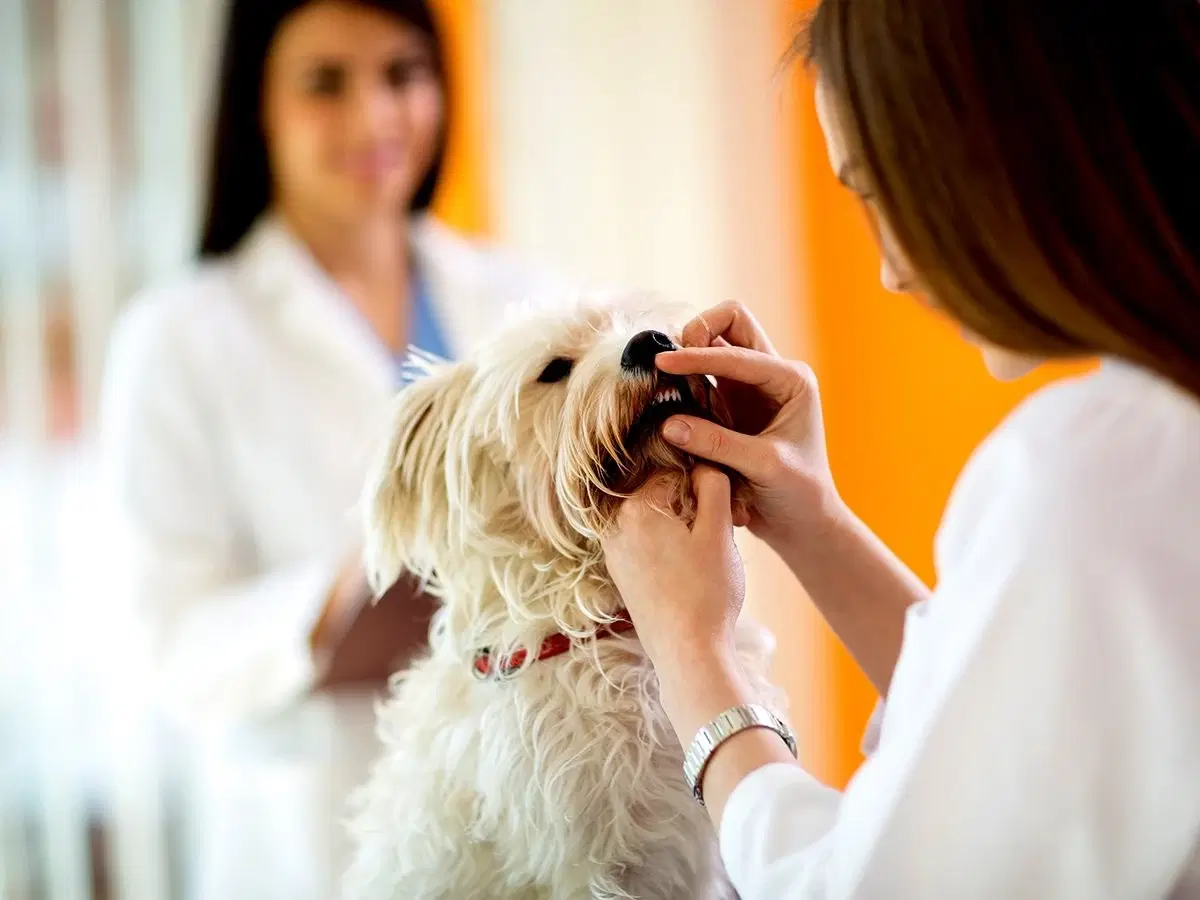Choking can be a potentially life-threatening situation for pets, and the moment you realize your pet is choking can be incredibly scary for pet parents. There’s no way to know if or when you might find your pet in this situation, so it’s best to be prepared. In this article, we’ll review the steps you’ll need to take to help your pet through this situation safely.
Stay Calm
This is definitely easier said than done, but it’s important to stay calm in these stressful situations so that you can help your pet to the best of your ability. The moment you notice your pet is choking, run through the action steps you need to take to best help them.
Assess the Situation
Assess your pet and determine whether they are still able to breathe or cough. If your pet is still able to make noise and is still able to breathe, then you’re looking at a partial blockage of their airway. If they can’t breathe and can’t make a sound, that indicates a complete blockage.
Perform the Heimlich Maneuver
If you have a small dog or cat and they’re choking, your next step would be to perform the Heimlich maneuver, just like you would if a person were choking. Keep in mind, pets and people have pretty different anatomy, so the steps aren’t exactly the same. To perform the Heimlich on a small pet, follow these steps:
Stand behind your pet with your hands just below their ribcage.
Make a fist with one of your hands and place it just above their navel.
Place your other hand over your fist and thrust upward several times.
Keep in mind that using too much force when doing this maneuver can injure your pet, so avoid using excess force.
Perform Back Blows
If you have a larger dog, it may be more effective to use back blows instead of the Heimlich maneuver to remove a blockage if they’re choking. To perform back blows on your dog, follow these steps:
Stand behind your dog and place one hand on their abdomen.
With your other hand, deliver firm back blows right between their shoulder blades.
Check the Airway
Regardless of whether you perform the Heimlich or back blows on your pet, after each maneuver, check if the object obstructing their airway has been dislodged. If the item was dislodged, and their airway is clear, your pet should once again be able to breathe properly.
Seek Veterinary Assistance
Even if your successfully able to clear your pet’s airway, and they’re able to breathe properly again, it’s still important to take your pet to the vet to be examined. Pets sometimes experiences secondary complications or injuries after choking that might not be apparent externally. A vet can check for any complications or injuries and can help you with a plan to treat them.
Key Takeaways
Remember, if you find yourself needing to help your choking pet, stay as calm as possible so you can be as efficient as possible while helping them. Determine whether you pet has a partial or complete blockage, and whether you need to perform the Heimlich or back blows. Once the blockage is dislodged, contact your vet and take you pet in for an exam.
The hope is that you’ll never need to use this information, and never experience finding your pet choking and having difficulty breathing. But, when it comes to choking, it’s better to be safe than sorry. Every pet parent should know what to do if their pet is choking, and we hope that this article gave you the knowledge necessary to act quickly if you need to.
The information presented in this article is for educational and informational purposes only and does not constitute or substitute for the advice of your veterinarian
How Spot Pet Insurance Can Help
Spot Pet Insurance offers both Accident-Only and Accident and Illness plans to help pet parents with unexpected veterinary costs that could otherwise add up quickly. If your pet needs treatment following a choking incident, Spot plans can cover the eligible cost of exams, prescription medications, surgeries, hospitalizations, and other veterinary expenses. For a full breakdown of coverage details, click here.
Spot Pet Insurance also offers a preventive care add-on that helps cover the eligible costs of routine veterinary costs. These include coverage for annual wellness exams, vaccinations, dental cleanings, and other services. The preventive care add-on can be included in your policy with your base plan for a small fee.
Spot’s goal is that every pet parent can enroll their pet in a policy to help them live a healthier and happier life. This is why Spot lets pet parents customize their plan by selecting their coverage, annual limit, deductible, and reimbursement rate. Choose Spot Pet Insurance and create the plan that best fits your needs and the needs of your pet. Get a Quote today!
